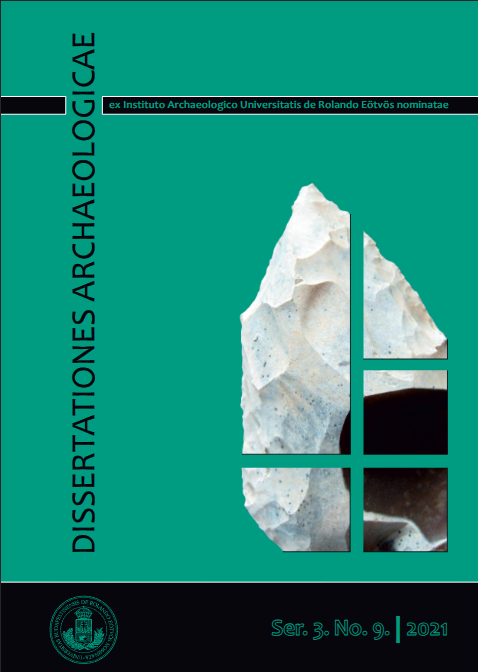|
|
|
|---|

| ชื่อผู้แต่ง | Krisztina Hoppál |
| วารสาร/นิตยสาร | Dissertationes Archaeologicae |
| เดือน | March |
| ปี | 2021 |
| ปีที่ | 3 |
| ฉบับที่ | 9 |
| หน้าที่ | 197–223 |
| ภาษา | English |
In recent years our understanding of ancient maritime networks has evolved significantly. Extensive international joint excavations and a heightened interest in collecting ancient objects among local people have altogether yielded a significant number of Roman artefacts both from Mainland and Island Southeast Asia. Regarding the types of these Roman objects, a quantity of engraved gems bearing western characteristics emerges from the collected materials thereby suggesting recognition and possibly even some degree of appreciation by the local cultures.
This paper examines the categories and distribution of Roman engraved gems discovered in Southeast Asia, and aims to show possible imprints on forming evaluation/acceptance of these non-local goods by the receiving cultures.
Roman objects, a quantity of engraved gems

In recent years our understanding of ancient maritime networks has evolved significantly. Extensive international joint excavations and a heightened interest in collecting ancient objects among local people have altogether yielded a significant number of Roman artefacts both from Mainland and Island Southeast Asia. Regarding the types of these Roman objects, a quantity of engraved gems bearing western characteristics emerges from the collected materials thereby suggesting recognition and possibly even some degree of appreciation by the local cultures.
This paper examines the categories and distribution of Roman engraved gems discovered in Southeast Asia, and aims to show possible imprints on forming evaluation/acceptance of these non-local goods by the receiving cultures.
Roman objects, a quantity of engraved gems